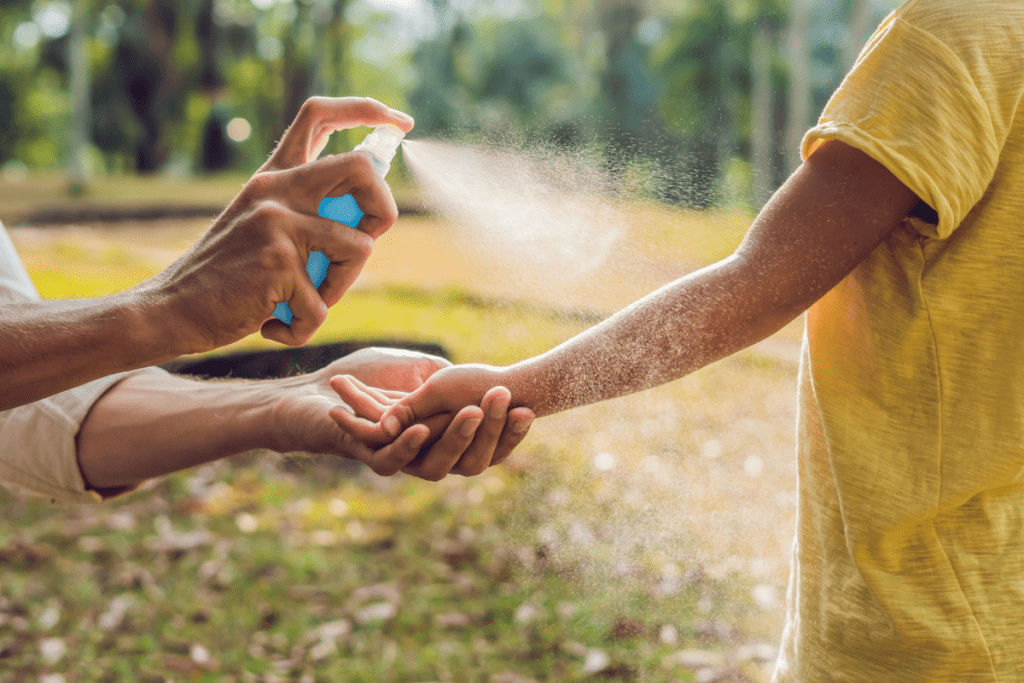Last Friday, a group of septic system workers (MESUG) held an event to draw attention to the impact that so-called “flushable wipes” are having on municipal wastewater systems. And what they showed us was pretty gross, not to mention expensive for homeowners, tax payers, and our lakes and rivers. These wipes are clogging pipes, getting stuck in equipment, and resulting in expensive repairs (take a look at more pictures).
Marketed sometimes as moist towelettes or flushable cleansing cloths, advertisers tell us they are a fresh, clean alternative to toilet paper. Often these products are labelled as “flushable,” “biodegradable,” “eco-friendly,” and “natural”. But whereas toilet paper disintegrates quickly, these strong-fibre wipes don’t. And they are creating serious problems as they work their way through aging sewage systems on their way to treatment plants.
The most likely place for a clog? You guessed it – your own house or your neighbour’s house. Such wipes have been known to block bathroom pipes, causing sewage back-ups in your house and flooding basements.
But they are also clogging municipal pipes, and damaging equipment requiring expensive repairs. MESUG estimates that municipalities in Canada are spending at least $250 million annually to deal with the wipes. In the U.S., New York City spends $18 million a year to unclog debris from its machinery (nearly all of it being wipes). Those costs are born by all of us through tax dollars and user fees.
And that’s not all. Sewage back-ups can result in bypasses where wastewater is redirected from treatment plants into our rivers and streams (in order to avoid basement flooding where possible). In today’s age, we should not be allowing raw sewage to pollute the same water that we often get our drinking water from.
When I first heard about this problem, I thought that we should just require manufacturing companies to stop labelling wipes as “flushable”. But the problem is that there is no standard for defining what is flushable and what isn’t. However, as you read this, an international group of technical experts, lead by Canada’s MESUG (which stands for Municipal Enforcement Sewer Use Group), are developing criteria for what is flushable through the International Organization for Standards (ISO). The idea being that companies will have to make sure their products meet such criteria before they can label it as “flushable”.
But this will still take years to complete. In the meantime, wipes are being flushed and municipalities are spending millions to stop them from clogging the system.
The good news is that it’s relatively easy for the average citizen to take action. Stop flushing wipes down the toilet (even better yet, stop buying and using these wipes). In fact, the only thing that should go down a toilet is water, human waste, and toilet paper (preferably made of recycled paper). To learn more, check out this new campaign (http://idontflush.ca) that raises awareness about the dangers of various materials commonly flushed down the toilet (this year, its pharmaceuticals). The City of London, Ontario also produced a short video on the issue that is easily sharable.
And remember, toilets are not garbage bins!







